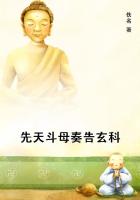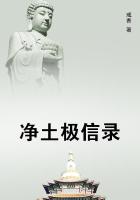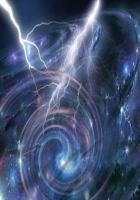The heads of the physiocratic school were François Quesnay (1694-1774)and Jean Claude Marie Vincent,sieur de Gournay(1712-1759).The principles of the school had been put forward in 1755by Richard Cantillon,a French merchant of Irishextraction (Essai sur la nature du Commerce en général ),whose biography Jevons has elucidated,(2)and whom he regardsas the true founder of political economy;but it was in the hands of Quesnay and Gournay (3)that they acquired a systematicform,and became the creed of a united group of thinkers and practical men,bent on carrying them into action.The membersof the group called themselves "les économistes,"but it is more convenient,because unambiguous,to designate them by thename "physiocrates,"invented by Dupont de Nemours,who was one of thei number.In this name,intended to express thefundainental idea of the school,much more is implied than the subjection of the phenomena of the social,and in particularthe economic,world to fixed relations of co-existence and succession.This is the positive doctrine which lies at the bottomof all true science.But the law of nature referred to in the title of the sect was something quite different.The theologicaldogma which represented all the movements of the universe as diected by divine wisdom and benevolence to the productionof the greatest possible sum of happiness had been transformed in the hands of the metaphysicians into the conception of a jus naturae ,a harmonious and beneficial code established by the favourite entity of these thinkers,Nature,antecedent tohuman institutions,and furnishing the model to which they should be made to conform.This idea,which Buckle apparentlysupposes to have been an invention of Hutcheson's,had come down through Roman juridical theory from the speculations ofGreece.(4)It was taken in hand by the modern negative school from Hobbes to Rousseau,and used as a powerful weapon ofassault upon the existing order of society,with which the "natural"order was perpetually contrasted as offering theimperfect type from which fact had deplorably diverged.The theory received different applications according to the diversityof minds or cicumstances.By some it was diected against the artificial manner of the times,by others against contemporarypolitical institutions;it was specialty employed by the physiocrats in criticising the economic practice of EuropeanGovernments.
The general political doctrine is as follows.Society is composed of a number of individuals all having the same naturalrights.if all do not possess (as some members of the negative school maintained)equal capacities,each can at least bestunderstand his own interest,and is led by nature to follow it.The social union is really a contract between these individuals,the object of which is the limitation of the natural freedom of each,just so far as it is inconsistent with the rights of theothers.Government,though necessary,is a necessary evil;and the governing power appointed by consent should be limitedto the amount of interference absolutely required to secure the fulfilment of the contract.In the economic sphere,thisimplies the right of the individual to such natural enjoyments as he can acquire by his labour.That labour,therefore,shouldbe undisturbed and unfettered;and its fruits should be guaranteed to the possessor;in other words,property should besacred.Each citizen must be allowed to make the most of his labour;and therefore freedom of exchange should be ensured,and competition in the market should be unrestricted,no monopolies or privileges being permitted to exist.
The physiocrats then proceed with the economic analysis as follows.Only those labours are truly "productive"which add tothe quantity of raw materials available for the purposes of man;and the real annual addition to the wealth of the communityconsists of the excess of the mass of agricultural products (including,of course,minerals)over their cost of production.Onthe amount of this "product net"depends the well-being of the community,and the possibility of its advance in civilization.














